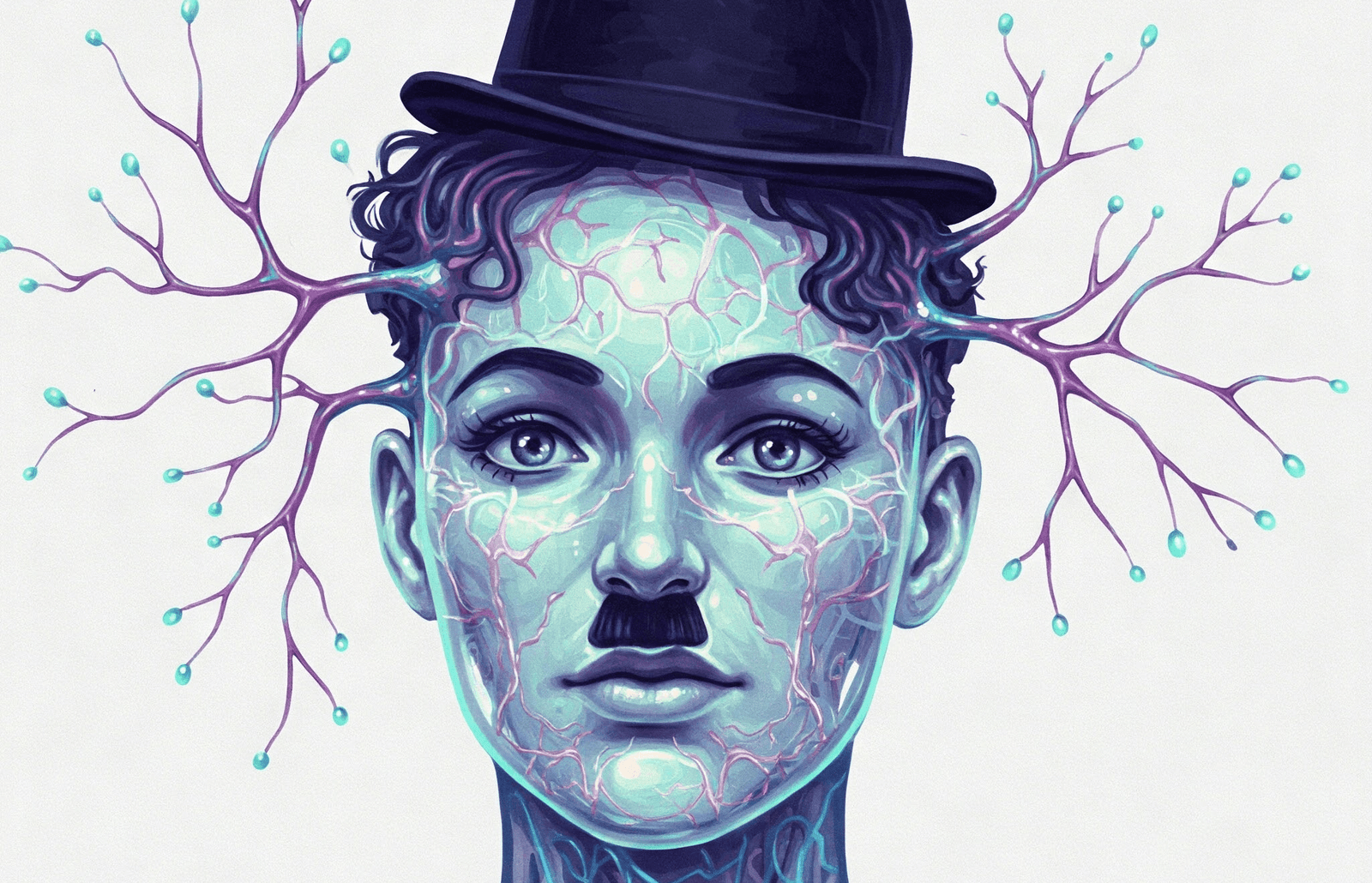
For centuries, we’ve asked humans to become machines. Now, we’re asking machines to become human.
This is the paradox of artificial intelligence: after pushing people toward extreme specialization, today we’re designing algorithms that can do everything.
After locking individuals into increasingly rigid roles, we aspire to create machines that are flexible, curious, and versatile. In other words, intelligent.
“A jack of all trades is a master of none, but oftentimes better than a master of one.”
This 16th-century English proverb praises flexibility over specialization. But over time, we’ve forgotten its second part, leaving only an implicit condemnation of mediocrity. And so we’ve built a world in which being good at many things has often been seen as a limitation.
With the Industrial Revolution, the ideal worker changed: no longer the curious thinker or the versatile artisan, but the efficient cog in a vast production machine. Scientific management of labor broke tasks into smaller components, measured movements, and reduced autonomy. The goal was not to understand, but to repeat.
Cinema immortalized this process: in Modern Times, Charlie Chaplin plays a worker overwhelmed by the assembly line, forced to tighten bolts endlessly, in an act that dehumanizes him and reduces him to mere function.
Throughout the 20th century, hyper-specialization became a virtue. Originality was considered a less productive deviation.
But today, something is turning around.
As we ask machines to think, we realize that true intelligence does not develop in isolated compartments.
General Artificial Intelligence (AGI) is not designed to solve a single problem. It’s not a laboratory calculator nor a single-task assistant. It is, at least in theory, a flexible mind capable of adapting, learning, and making connections across different fields. Just like a human being.
The paradox becomes clear: while for decades we’ve asked humans to know more and more about less and less, today we ask AI to do the exact opposite. We want it to be capable of everything: conversing, reasoning, composing music, writing code, making medical diagnoses, analyzing data.
The machine must become human just as the human has been turned into a machine.
This technological shift is also a cultural signal.
It’s telling us that, to face the challenges of complexity, it’s not enough to have experts confined to their niche. We need minds capable of bridging knowledge, reading between the lines, and inventing solutions in unexplored territories.
The brightest ideas, after all, don’t emerge in silos. They arise where different worlds meet, where engineering and philosophy, art and science, economics and biology intersect. It’s there that intelligence, whether natural or artificial, finds fertile ground to grow.
The attempt to create a versatile Artificial Intelligence might represent, perhaps, a return to an ancient ambition: that of the Renaissance mind. An intelligence that doesn’t fear the vastness of knowledge, but embraces it. One that doesn’t separate, but connects. One that doesn’t settle for replicating existing solutions, but reinvents them.
In an age dominated by specialization, rediscovering the value of cross-disciplinary thinking could be the true revolution.
Perhaps it’s not just about making machines intelligent. But about reminding ourselves what it really means to be intelligent, as humans.
Illustration by Emanuele Mulas. Article originally published in English on: https://www.wittystore.com/ai-paradox-from-humans-automation-to-machines-anthropomorphization


